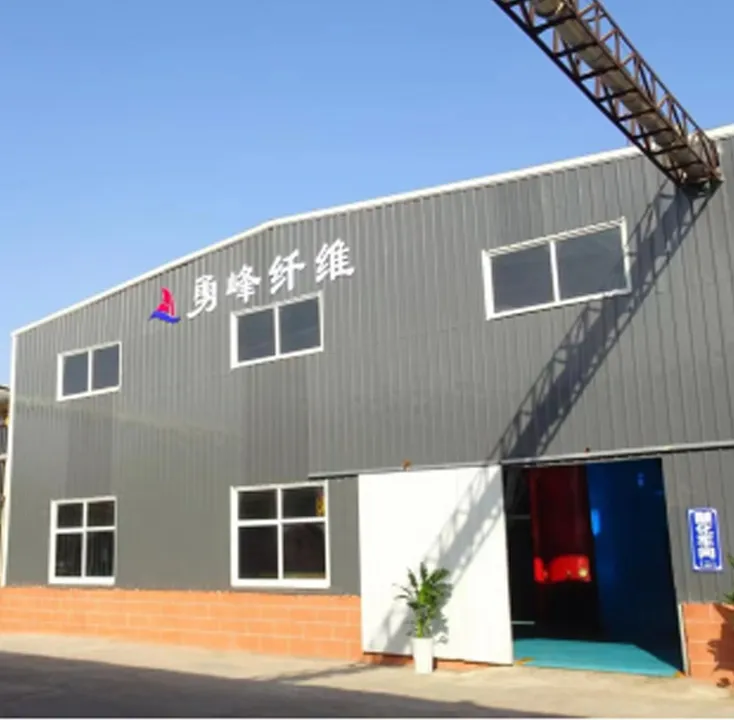HPMC A Versatile Polymer in Modern Chemistry
Hydroxypropyl methylcellulose (HPMC) is a cellulose derivative that has gained prominence in various industries due to its unique characteristics and versatile applications. This white, odorless powder is widely used as a thickener, binder, and film-forming agent, making it an essential component in pharmaceuticals, food products, construction, cosmetics, and more. This article explores the properties, applications, and significance of HPMC in modern chemistry.
Properties of HPMC
HPMC is synthesized by modifying cellulose through the incorporation of hydroxypropyl and methyl groups. This modification not only enhances its solubility in cold water but also allows it to form viscous solutions, making it an effective thickening agent. The degree of substitution (DS) of the hydroxyl groups can be controlled during production, which directly influences the water solubility and viscosity of the final product. HPMC is known for its excellent film-forming capabilities, water retention properties, and thermal stability. It is also non-toxic and biodegradable, which aligns with the growing demand for environmentally friendly materials.
Applications in Pharmaceuticals
In the pharmaceutical industry, HPMC is widely employed in the formulation of both solid and liquid dosage forms. Its binding and film-forming properties make it an ideal excipient for tablets, capsules, and controlled-release formulations. HPMC ensures the uniform distribution of active pharmaceutical ingredients (APIs) and aids in the maintenance of the desired release profile. Additionally, due to its ability to form gels, HPMC is often used in ophthalmic solutions and topical preparations, providing a protective barrier and enhancing the stability of the product.
Role in Food Products
The food industry has increasingly adopted HPMC as a food additive, where it serves multiple functions, such as a thickener, emulsifier, and stabilizer. It is commonly found in dairy products, sauces, dressings, and bakery goods. HPMC improves the texture and mouthfeel of food items while also enhancing their shelf life by retaining moisture. This versatility has led to its approval by food safety authorities worldwide, allowing for its use in both conventional and gluten-free products.
hpmc chemic

Importance in Construction
In the construction sector, HPMC is utilized as a key ingredient in mortars, plastering materials, and tile adhesives. Its water retention properties are crucial for ensuring that cementitious materials remain workable for longer periods, allowing for better adhesion and reducing the risk of cracking. HPMC also contributes to improved workability and consistency in construction materials, making it a preferred choice for manufacturers.
Cosmetic Applications
The cosmetic industry recognizes HPMC's potential as a stabilizing and thickening agent in various formulations, including creams, lotions, and gels. It helps improve the texture and application of cosmetic products while also providing a smooth and pleasant feel on the skin. Its ability to form films aids in the long-lasting performance of products such as hair gels and skin lotions. Furthermore, HPMC's compatibility with various ingredients allows formulators to create innovative cosmetic products that meet diverse consumer demands.
Conclusion
In conclusion, hydroxypropyl methylcellulose (HPMC) stands out as a crucial polymer in modern chemistry, demonstrating its versatility across multiple industries. Its unique properties, such as water solubility, film-forming capabilities, and non-toxic nature, make it an invaluable ingredient in pharmaceuticals, food products, construction materials, and cosmetics. As research and development continue to advance, the applications of HPMC are likely to expand further, solidifying its role as a key component in various formulations.
HPMC exemplifies how a simple modification of natural polymers can lead to innovative solutions that address the complexities of modern-day demands, combining functionality with safety and environmental consideration. As industries evolve, the significance of HPMC is poised to grow, paving the way for new and improved applications that cater to the needs of consumers and industries alike.
-
Rdp Powder: Key Considerations for Wholesalers in the Building Materials IndustryNewsJul.08,2025
-
Key Considerations for Wholesalers: Navigating the World of Hpmc - Based ProductsNewsJul.08,2025
-
Hpmc Detergent: Key Considerations for WholesalersNewsJul.08,2025
-
Key Considerations for Wholesalers: China Hpmc For Tile Adhesive, Coating Additives, Concrete Additives, and MoreNewsJul.08,2025
-
Crucial Considerations for Wholesalers: Navigating the World of Construction MaterialsNewsJul.08,2025
-
Key Considerations for Wholesalers Sourcing Additive For Cement, Additive For Concrete, Additive For Putty from Additive Manufacturer Shijiazhuang Gaocheng District Yongfeng Cellulose Co., Ltd.NewsJul.08,2025




